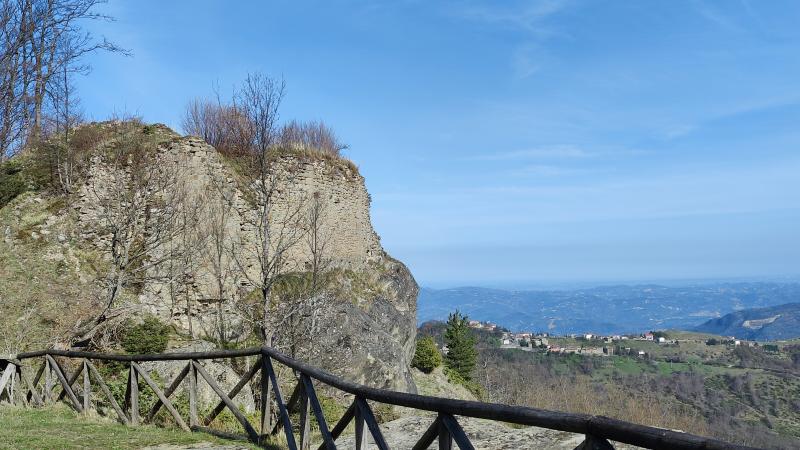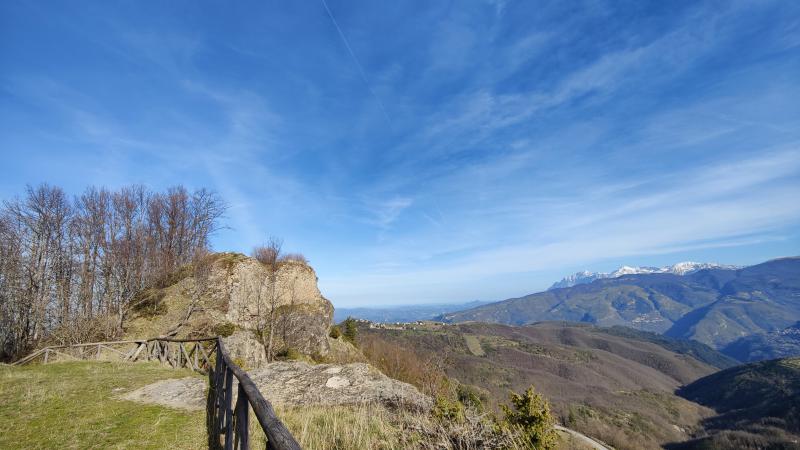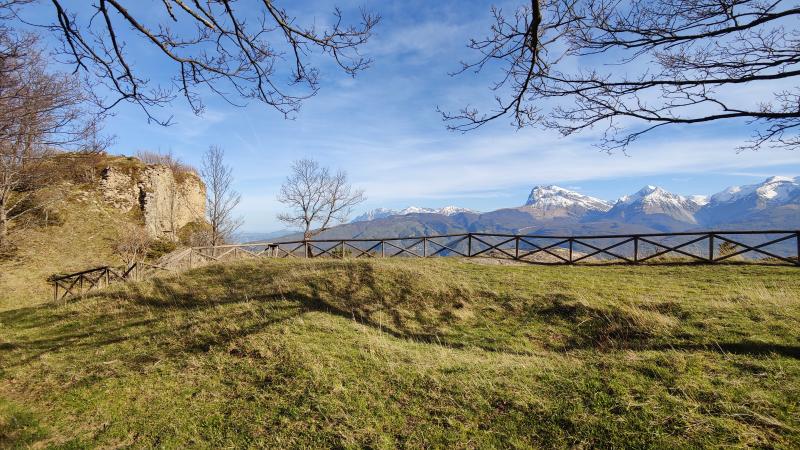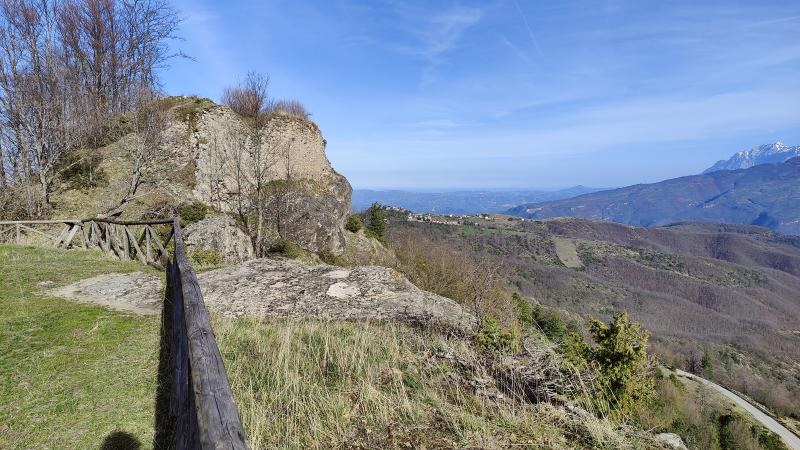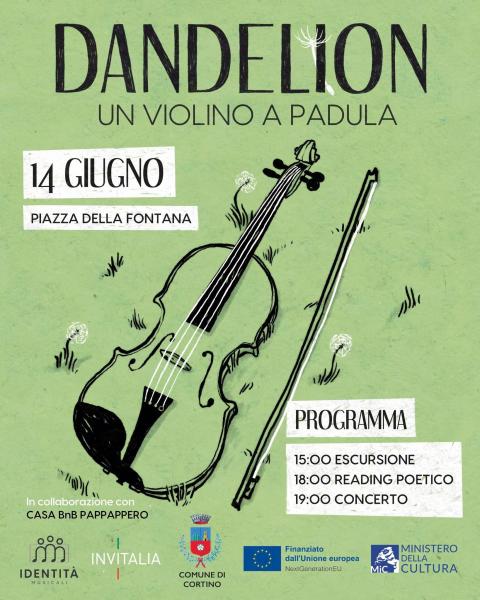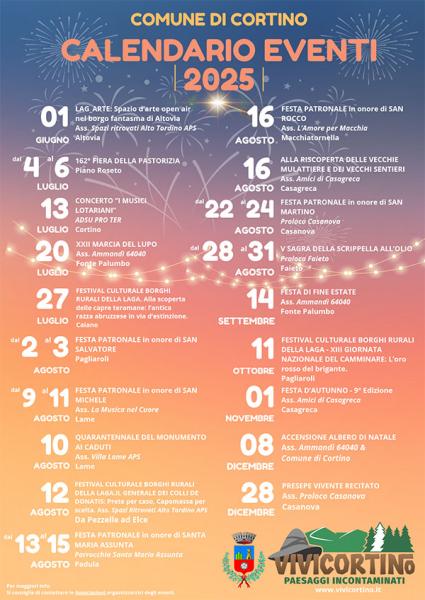
Rocca Roseto
The ruins of the Rocca di Roseto Castle stand on the top of a relief, located in the Crognaleto area, which reaches 1258 meters above sea level. Its privileged position allows you to enjoy a spectacular view of the valley below and the Gran Sasso mountain range on one side, and of Monte Gorzano, the Laghetta and Monte di Mezzo on the other. This strategic position, in the past, allowed the Fortress to control the traffic of the surrounding area.
The Rocca di Roseto was an important fortification due to its proximity to the border with the Papal States. Due to the infidelity of feudal families such as the Acquaviva dukes of Atri and the banditry that infested these places, the fortress was often garrisoned by royal militias.
During the period of the Counts of Apruzio, it is probable that the strategic position of the fortress and the proximity to the border of the Pennese County required fortification works.
During the 16th and 17th centuries, the fortress area was the scene of a phenomenon of banditry which affected not only the Kingdom of Naples but also the Papal State. However, thanks to the military operation decided by the Viceroy of Naples, Guzman de Haro Marquis del Carpio, who ordered the demolition of the towers and strongholds in the Castellana Valley and in the Roseto Mountain, the phenomenon reached its epilogue.
Subsequently, the Neapolitan War Council decided to build two new fortresses, one in Montorio and the other in the province of Chieti, and to renovate the fortress of Rocca Roseto, which would have controlled the Vomano valley, the San Giovanni valley and the Castellana valley. Despite the renovation works carried out in the 1600s, the fortress was still in poor condition in 1700 and was defined as a "ruin". In 1800 it was described as a "castle" without a roof and with "threatening ruin" walls.
Currently, most of the castle's structures are destroyed and covered by vegetation. The remains of the perimeter of the castle, about 100 meters long, still show the irregular masonry made of medium and small sized stones joined dry. Fragments of decorated ceramics dating back to the late 1600s were found among the ruins, indicating that the fortress was inhabited for a long time. During the Aragonese era, the military garrison was controlled by royal officials or state municipalities, such as L'Aquila and Amatrice, and had the right to collect the pass tax.



